Charles-Henrie Loeillot-Hartwig
Johann Senefelder
Lithograph and watercolor
Around 1816
Size: 14 x 22 cm
Frame size: 33 x 41 cm
Charles-Henri or Karl Loeillot-Hartwig (Stettin 1798-18...)
Genre painter and portraitist Paris he exhibited at the Salon in 1830 and 1833.
Alois or Johann Senefelder (Prague 1771-Munich 1834)
He was the son of an actor who wanted to become a lawyer and was sent to the University of Ingolstadt. But Senefelder wanted to be a playwright, he produced a few plays which were not successful. The death of his father deprived him of the means to have his works printed, he sought a way to multiply them by a process other than typography. He experimented with engraving on copper, using a chisel and etching, and to avoid the expense of copper, he thought of using Kelheim stone. We know how the chance of a washerwoman's note transcribed, for lack of paper, on the corner of a stone prepared for etching, led her to try to obtain a relief engraving thanks to the insulation against the action of acid of the parts covered with ink instead of the hollow engraving that etching gave it. His first attempt was satisfactory enough to allow him to push the experiment further and after a certain time, thanks to the making of a special grease pencil, his process entered the domain of practice. In 1818 the inventor published a memoir, translated into French and English. We know the success that the process of lithographic engraving had, especially in France.



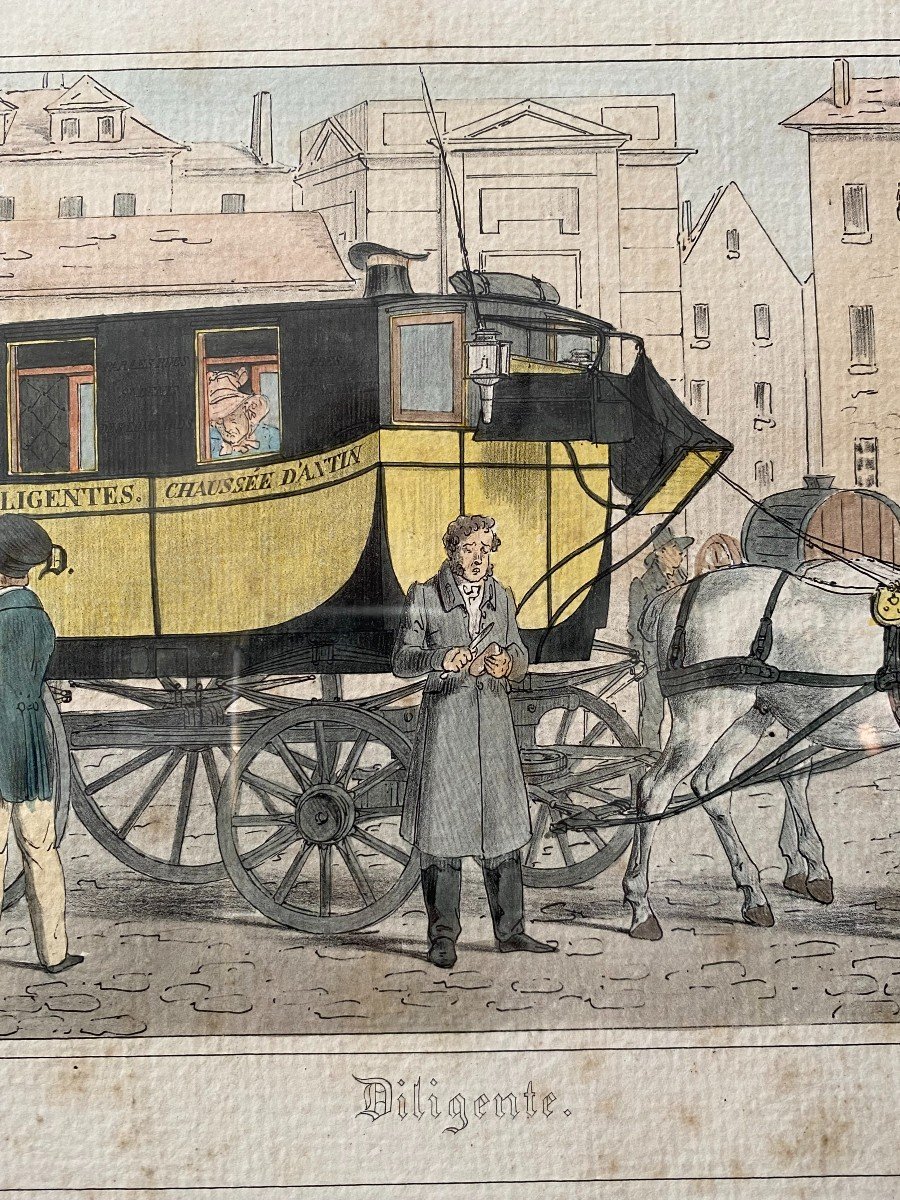




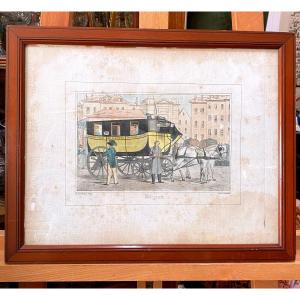







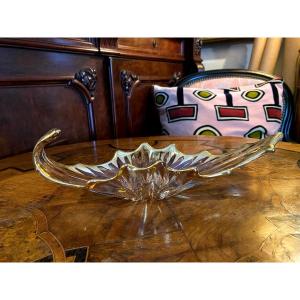


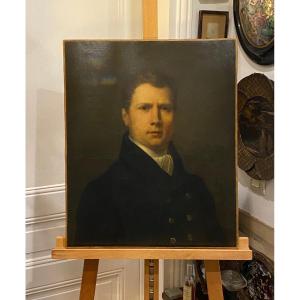




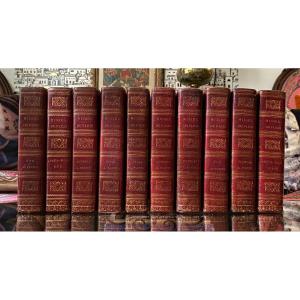


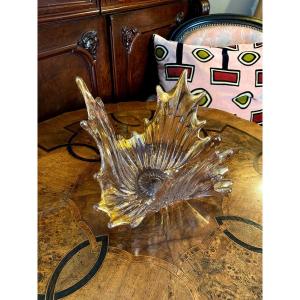



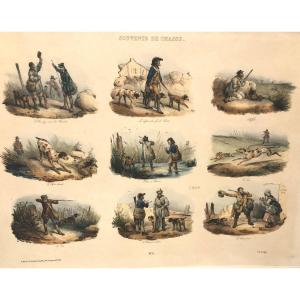





 Le Magazine de PROANTIC
Le Magazine de PROANTIC TRÉSORS Magazine
TRÉSORS Magazine Rivista Artiquariato
Rivista Artiquariato